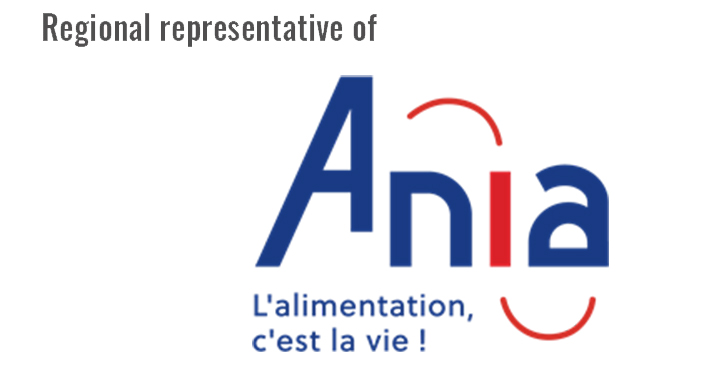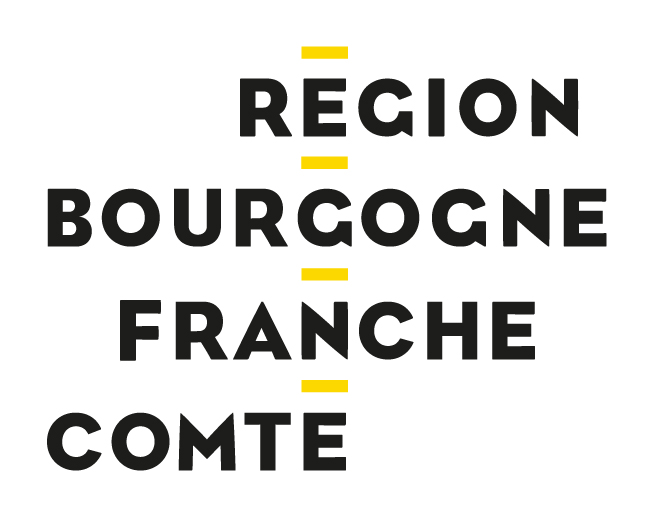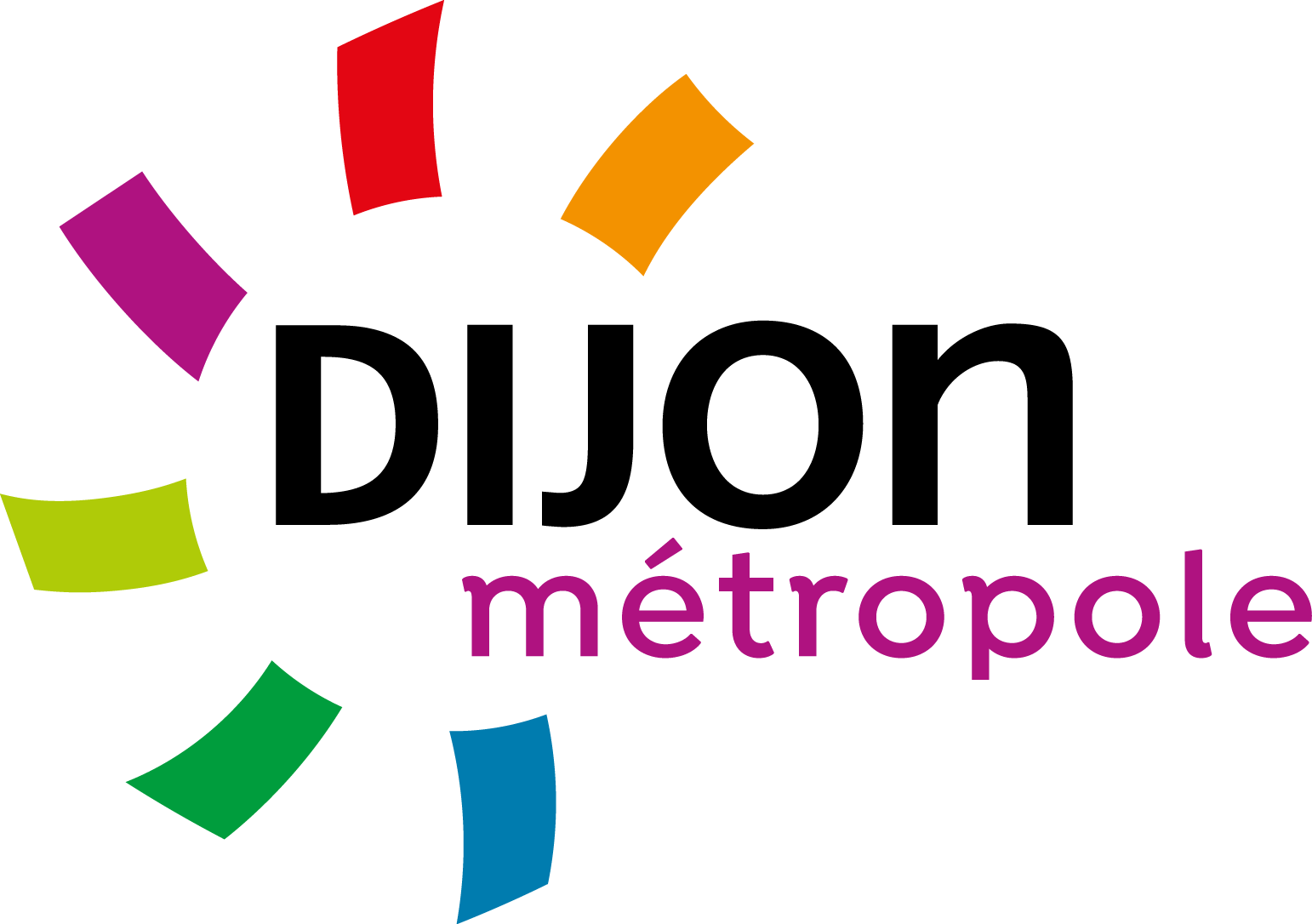06 Oct 2020
Centralising open innovation: are you killing your agility?

How can we innovate?
All companies struggle with the issue of optimising their innovation processes, balancing an imposed secrecy to preserve their competitive advantage against the potential gains of capturing innovation ideas from outside of the company. As an innovation cluster, this sort of discussion is at the heart of our activity.
In recent decades, "open innovation" has increasingly been adopted, but in a form that sees incoming and outgoing innovation requests and offers filtered through a dedicated team, or often a single person. Even if a few successful examples of open innovation in this form exist, with the desired results, there are huge pitfalls to reducing your vision of open innovation to the title of a job or a team. In order to rise to its full potential, open innovation is everyone's problem.
Here's why...
A crossroads of ideas? Rather an agility-stifling bottleneck…

An open innovation approach is not without relevance. But most of the time, it is represented by the creation of a person or a team that must carry the load of expectations, with little additional modifications to the company procedures.
Within large companies, having one or even several people managing all outgoing and incoming exchanges of information to and from various departments or business units may appear to be an efficient way of structuring these exchanges while managing risk. This can also be the manifestation of a policy of breaking the monopoly of marketing or R&D on topics of innovation. In an ideal world, one person aware of all conversations (from within and outside of the company) can generate the necessary connections to identify and take advantage of promising ideas.
In my 15 years' experience as the director of an innovation cluster, while great on paper, in most cases this approach is doomed to fail.
For this "ideas crossroads" becomes the only point of connection between an inestimable number of pathways. Imagine each day, new connections are created travelling through this intersection. Inevitably, we end up with a bottleneck. Instead of improving the speed and capacity in generating and taking up ideas, this innovation model ends up stifling your company's agility.
And agility is indeed the holy grail of modern food businesses. So the search continues for how to free your innovation projects from the weight of rules and procedures that slow and stifle.
Give free rein to your agility
Indeed, agility is not the subject of a pronouncement. Nor it is achieved by creating a job title. Agility is a question of company culture.
From my point of view, agile innovation within a company is ill-served with a "crossroads" metaphor. Instead, I prefer to see it as a series of neuronal pathways within a brain: at each juncture between two neurons, a synapse is created. The trick is to let these "neurons" connect.
So, how do we create the right conditions for generating these connections? In very simple terms, your employees need to talk – to each other, and to people outside of the company. While easy to say, what does that mean in real terms? Their nose to the grindstone, overwhelmed with daily tasks, are they taking the time and distance to think about the bigger picture? Authorise travel, meetings and events (real, not only online), internal messaging systems... and don't get stuck on "return on investment" or "cost" or "savings", but give agility a free rein.
This is an ecosystemic approach, one that we practice in real life within our cluster – we actively encourage connections between our members without requiring them to use Vitagora as an intermediary.
Risk is not your enemy
You might have wondered why the world of start-ups is so attractive for young people? The answer is agility, independance, but also spee. Anchored in a culture of hierarchical and slow decision processes, large companies are less and less able to retain talented members of the workforce. According to Forbes Forbes, 62% of Millennials want to start their own business.
How do we overhaul business culture, in particular in large companies, that is so averse to risk? One solution is interpreneurship. This concept has been around since the 1970s and describes a system of encouraging your employees to take risks by allowing them to independantly develop a project from beginning to end. By disconnecting a project from the procedure-heavy culture of a large company, you can both give a project the freedom to develop at a breakneck speed, and also meet your employees' expectations for independance.
A number of tools exist to help companies navigate their way through intrapreneurship. One option is to give an intrapreneurship team access to the same acceleration tools that are designed for start-ups, on the condition that they can operate independantly (speed, flexibility, risk-taking) while benefiting from the support of their parent company (rapid scale-up, financial risks not carried by the individuals etc.).
In conclusion
As I said earlier, open innovation is not without relevance. However, it is a tool, and it must be a help, not a hindrance, to agility.
For a company in 2020, there are many ways of increasing your agility in favour of fast and effective innovation, if you keep an open mind.
For those that are interested, one of our members, Symrise has experimented with intrapreneurship. You can find out more here: Independance, agility... why you should use intrapreneurship. The example of Symrise




 Home
Home

















Share your opinion